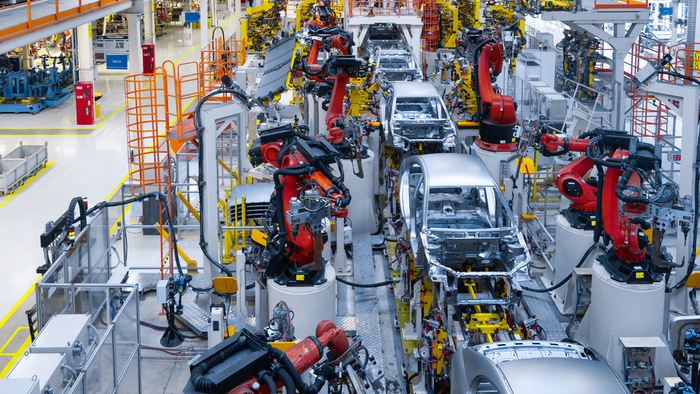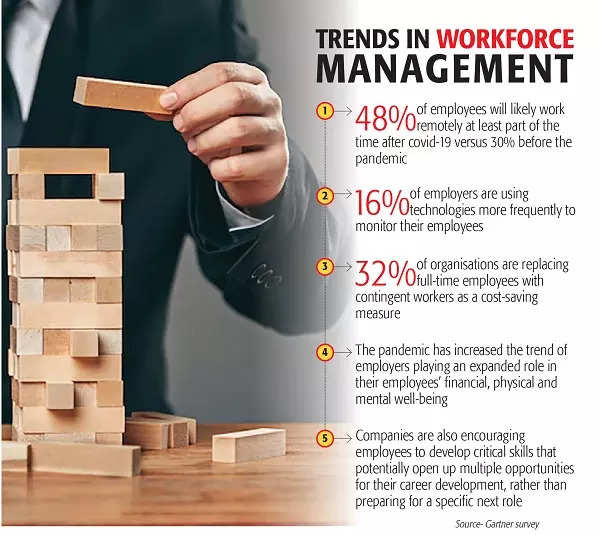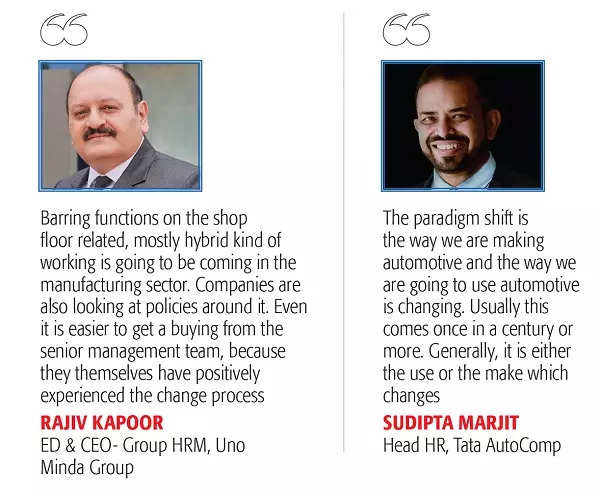
The auto sector which is believed to be one of the core sectors of the Indian economy faced some huge challenges during the pandemic-induced lockdown. In the last two years, there are several factors which have changed the way businesses are conducted in the automotive industry with most of the workforce operating out of their homes.
Now with auto companies coming out of the work-from-home model in a phased manner, companies are recalibrating themselves for a normal work schedule.

Keeping these points in mind, UKG and The Economic Times organised a virtual discussion titled – ‘Changing Workforce Management-Dynamics in Auto Industry’ where industry representatives participated and presented their views.
Demand for talent management
The auto sector used to get talent from a singular direction that is from one company to another, however in the post pandemic scenario, companies may attract talent or lose talent to industry which they may have never thought of.
“It can be consumer durables, electronic or any of the start-ups that talent can be attracted or lost. This is going to redefine the way we look at workforce management as a whole in the future,” stated Sudipta Marjit, Head HR, Tata AutoComp.
He explained that the kind of skill that companies are going to nurture and attract will define their businesses and position it in the marketplace.

“Human resource will take a centre- stage. The success of the new age organisation will be defined by the skill of its workforce. In India, we are going to see in automotive what happened with the IT revolution 25 years back,” he added.
Productivity Vs engagement
Digital technology post the pandemic has changed the way people solve problems. Even board level agenda include digitisation and technology enhancement.
“Gone are the days where you had to push and influence the board for any kind of capex spends, you get it very easily after the pandemic,” Kavita Kulkarni, CHRO, Varroc Engineering pointed out.
There is a greater need to hire talent with a technology background across any functions. The pandemic has induced changes, in terms of remote working and companies competing for talented workforce. These factors have made traditional models of working obsolete.
Workforce adjusting to emerging situation

An engaged employee is aware of the business context and works with his fellow colleagues to improve performance within the job for the benefit of the organisation. Over the past two years, most verticals of the auto industry have been working using the hybrid model which is a mix of physical and virtual modes. Organisations too have been taking an extra effort to ensure workforce engagement for better productivity and results.
“Even the top management is aware of the positive impacts of the hybrid model, and we believe it is here to stay as a part of the manufacturing. The change which has been brought in the manufacturing sector is a good thing,” Rajiv Kapoor, ED & CEO- Group HRM, Uno Minda Group said.
Kapoor adds that this flexibility has helped the sector find better talent. “Manufacturing was never the first choice for the gen Z, which now wants to work due to better work-related flexible policies, “he explained.
Navigating through mega trends
While upskilling and reskilling is the need of the hour, not everything that the auto sector needs can be done with the organisation. Automotive sector is undergoing a lot of digitisation wave, but a lot of skilling required cannot be imparted within the company.
“In the talent management strategy, the important corner stores for companies would be- what do we built, and what do we buy. One thing which this sector is slowing opening up to is borrowing talent. Which means how open we are to Gig Industry,” Ruchika Pal, Group Head, Corporate HR, Apollo Tyres said.
Cost management is emerging as the biggest challenge in the auto sector. The need to pay versus capacity to the pay the workforce is the handicap faced by the sector post pandemic in attracting talent.

Learning to manage new roles
One of the big advantages that developing countries had was their low cost of labour. As the country progresses, the rural labourers migrate to urban areas for employment. There comes a point where the surplus labour dwindles, and the wages begin to increase. While many believe that China has already reached that stage, India still has a long way to go.
According to report by the Institute of Human Development (IHD) released in the year 2016, India would need to create at least 16 million jobs in the next 15 years to come to the Lewis Turning Point’ where there is neither a surplus or unemployment in the economy. The Lewis Turning Point is named after the economist- Arthur Lewis.
“When it comes to skill labour, we don’t have enough of them and there are multiple industries fighting for it. What it does is that it raises the cost of the workforce. While companies are seeing a 30-70 percent rise, there is a 400 percent rise in the IT industry,” said Sumeet Doshi, Sr. Director and Country Manager –India, UKG.
In conclusion, it is critical for organisations, to relook at reskilling the workforce as managing their front-line workers can keep their business going and planning for the workforce of the future.














